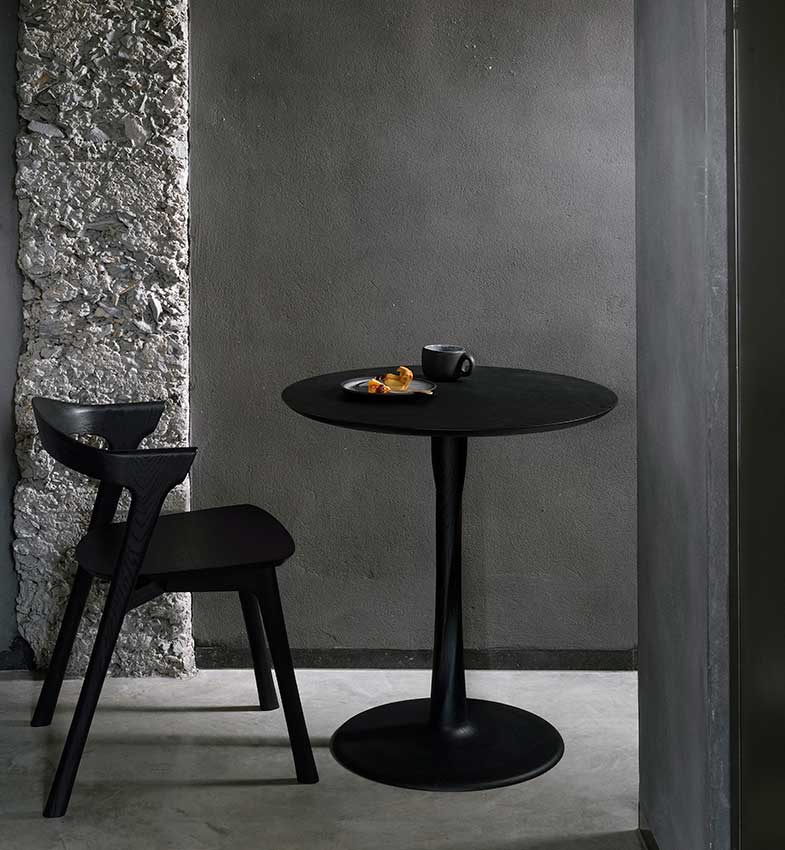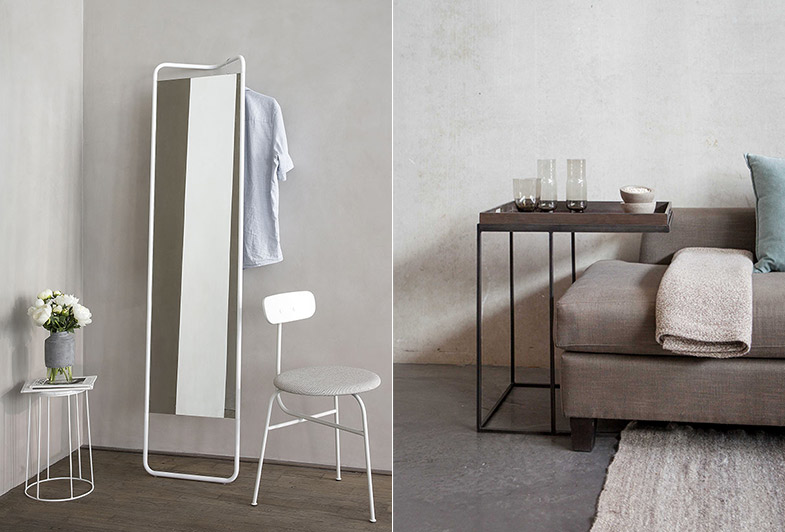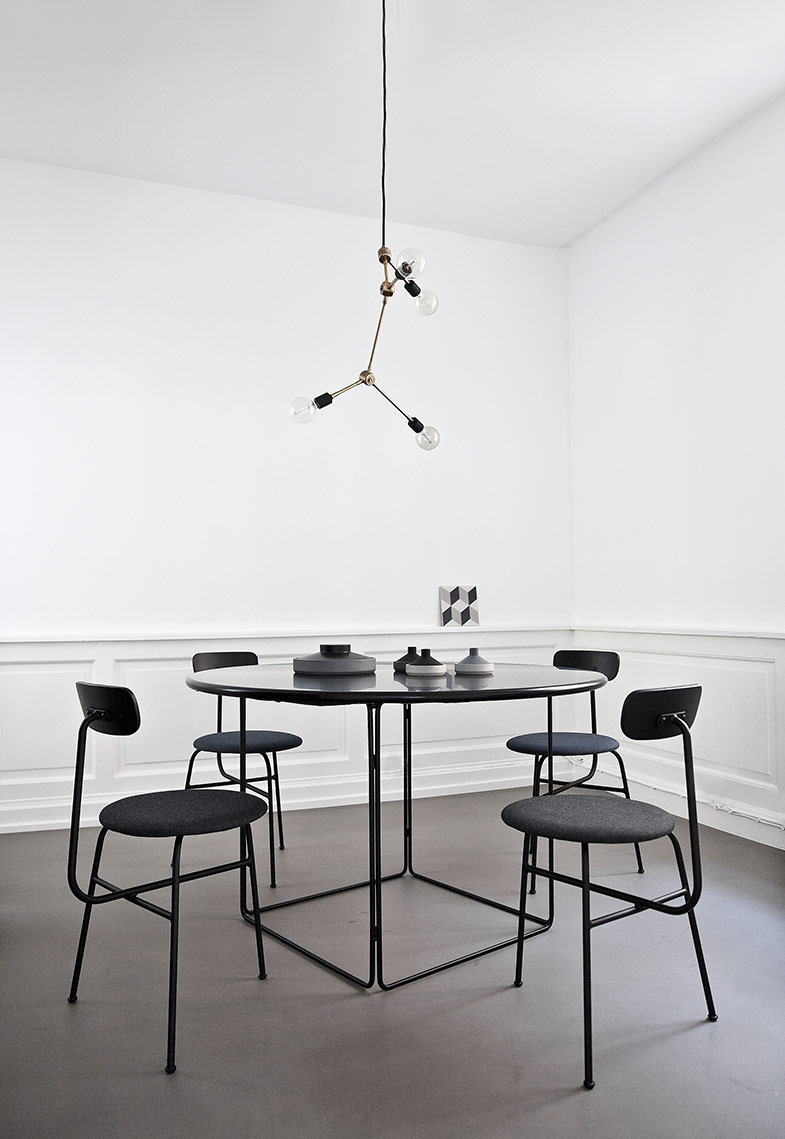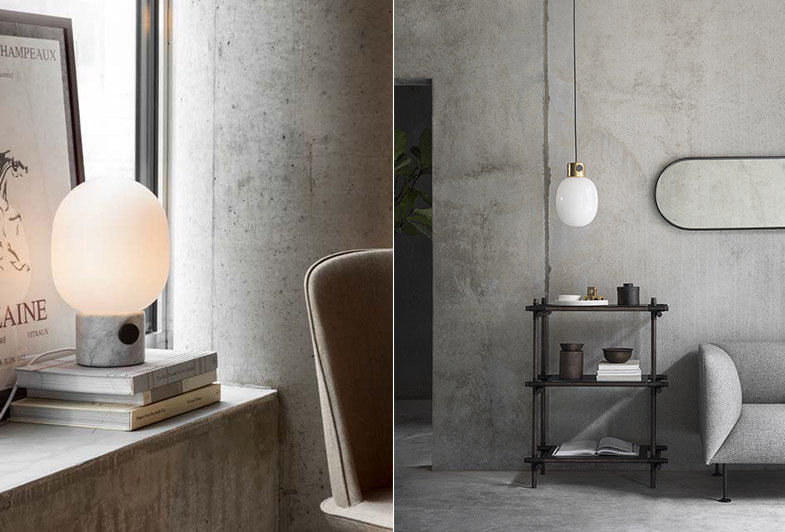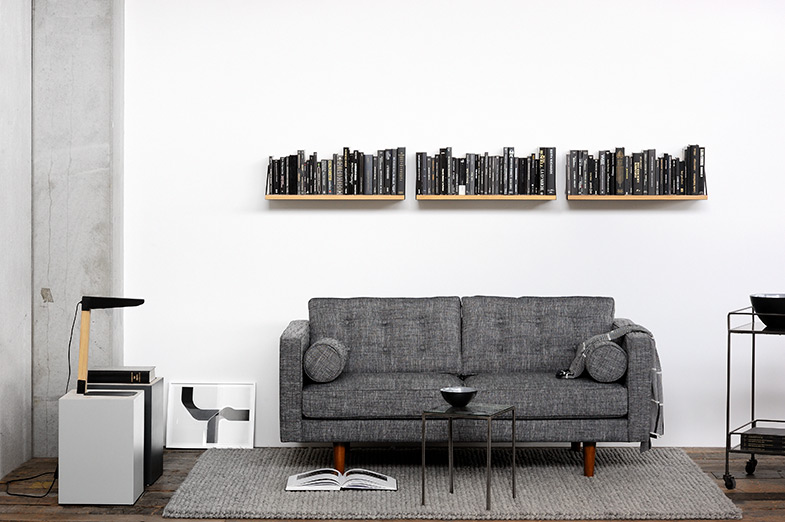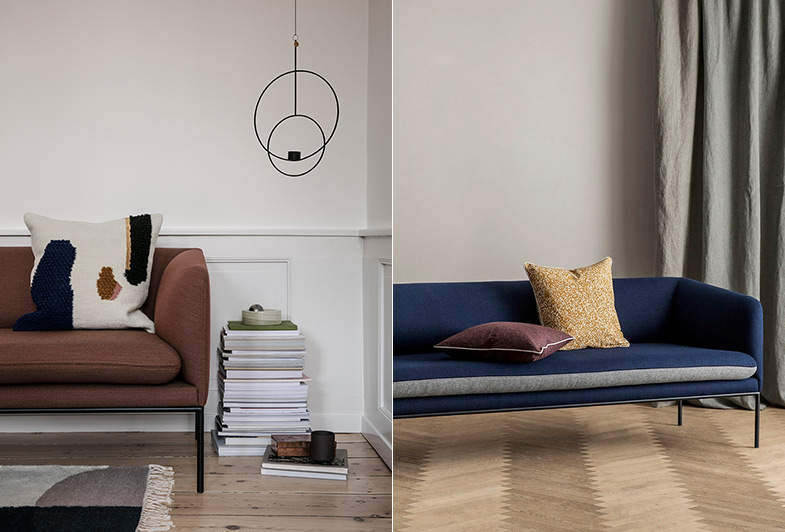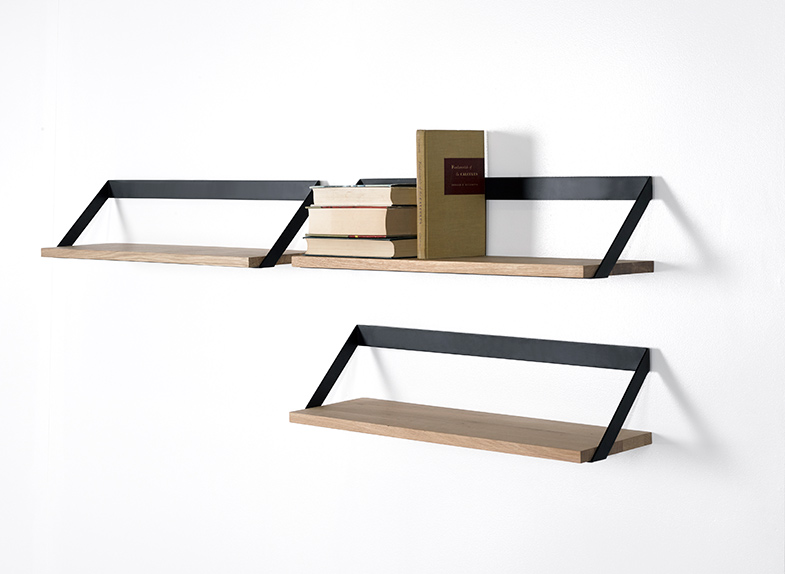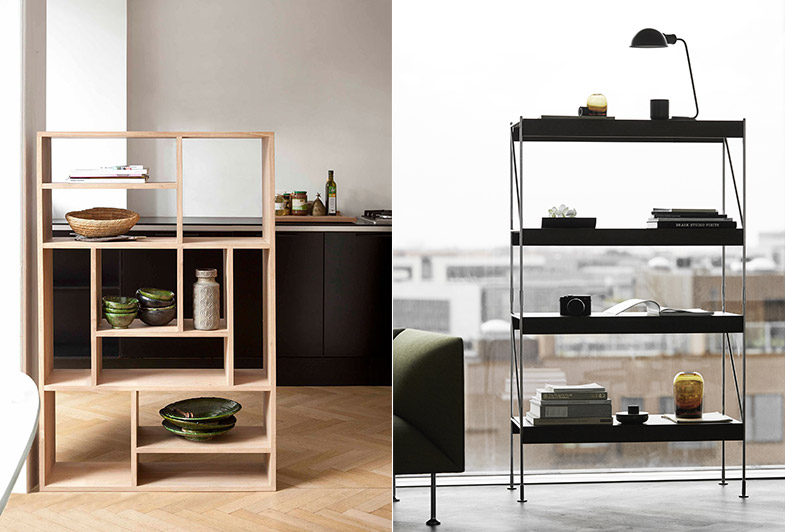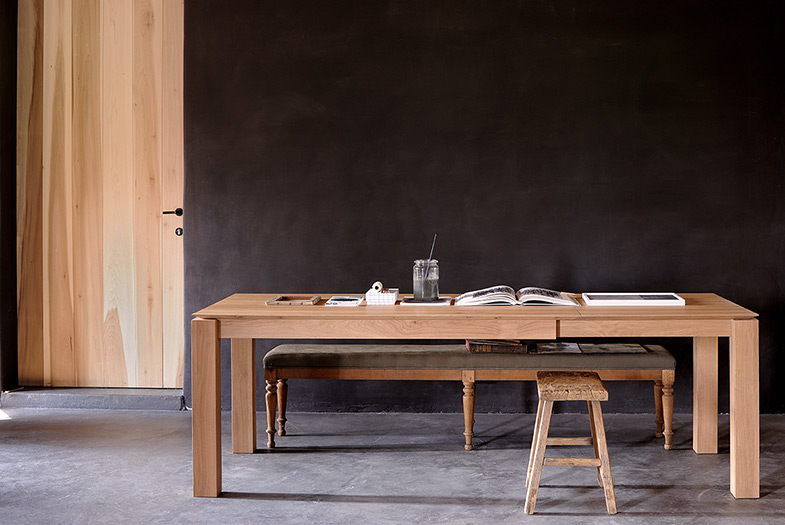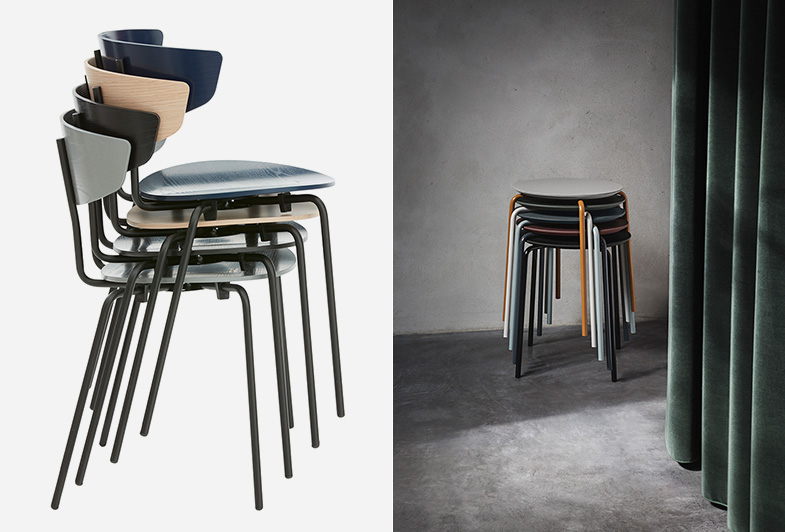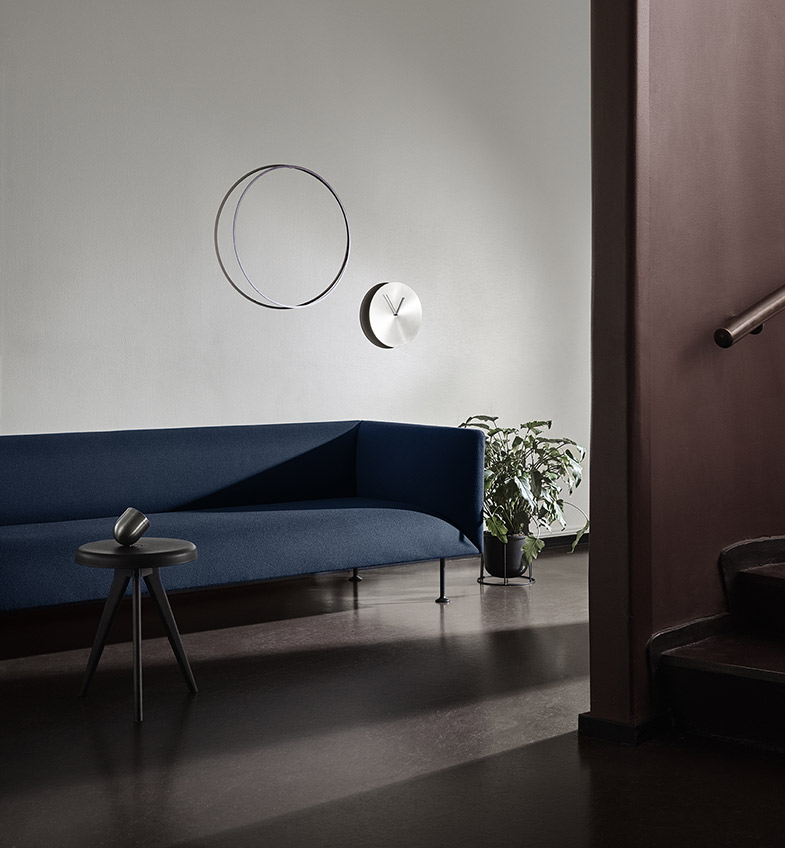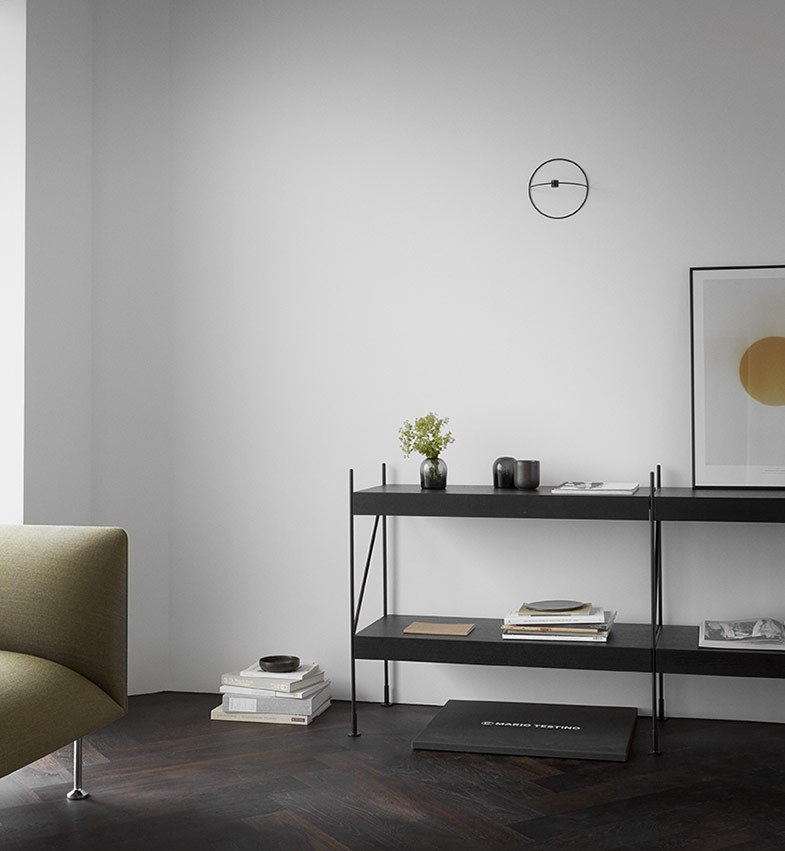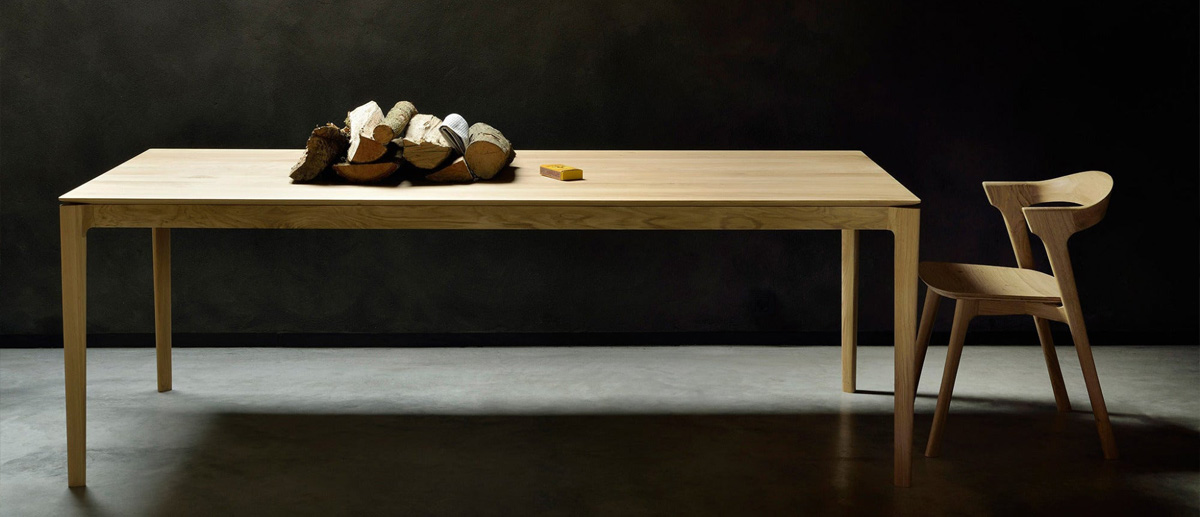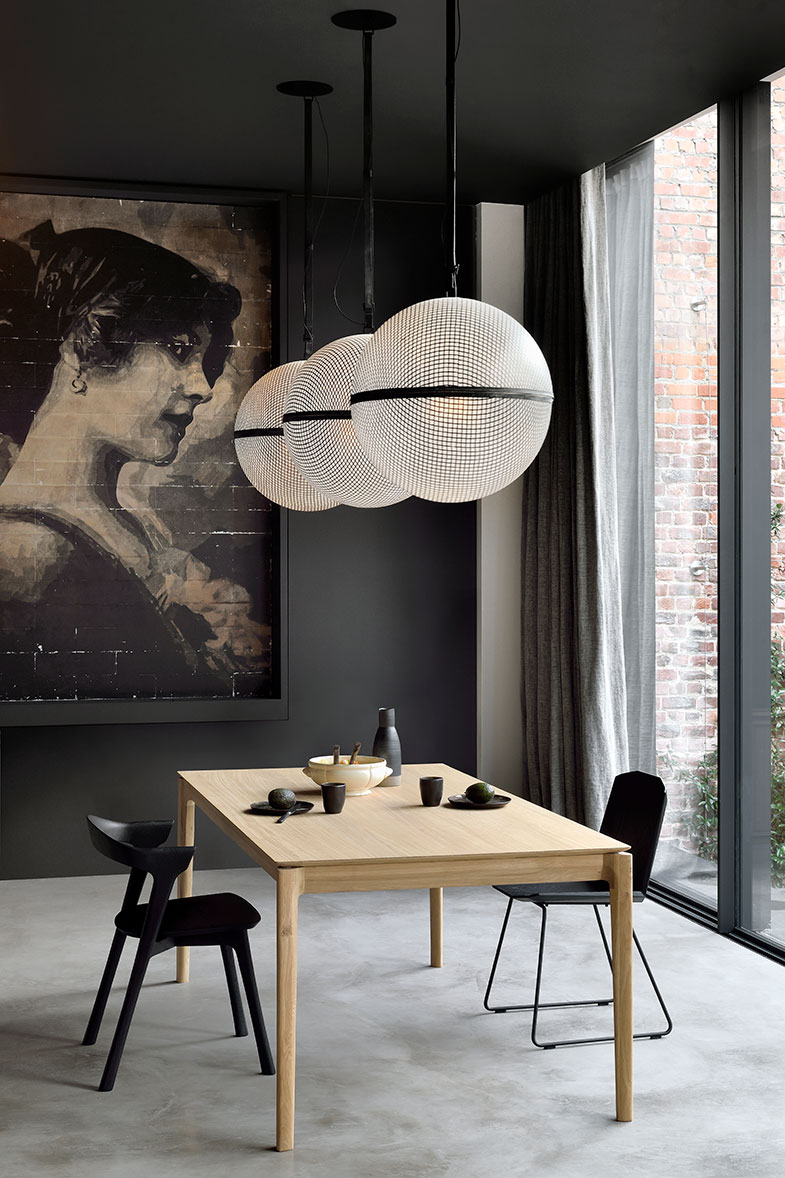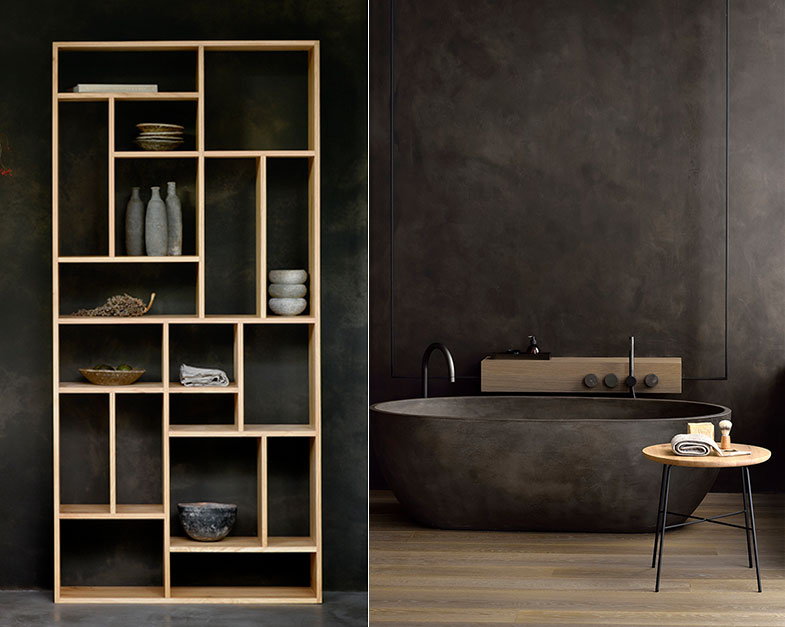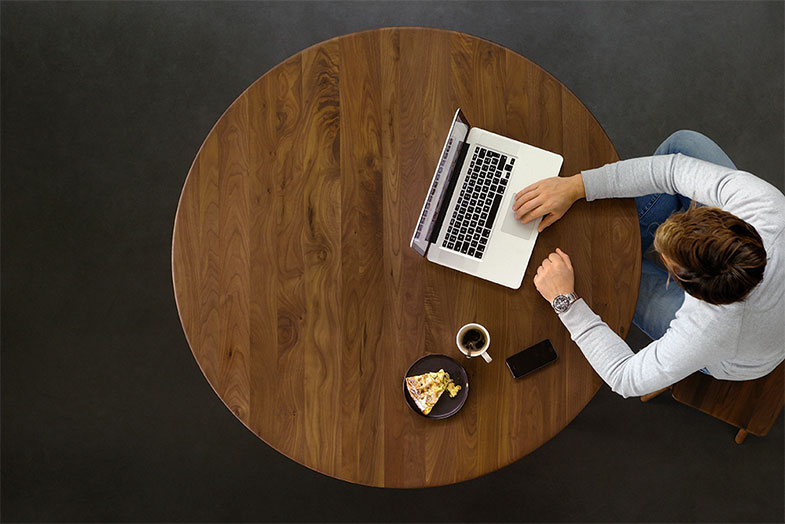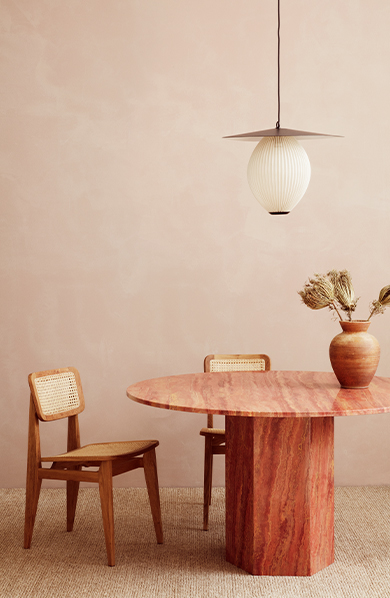
The sofa is a gathering point for a family and a perfect setting for a stimulating conversation. It is a place for relaxation. It is an ideal spot for enjoying a great book or a much needed nap. It is also a reflection of your lifestyle. These attributes make buying a sofa a challenging task. It is, after all, going to be with you for years to come. On the other hand, searching and buying a sofa online can be even more demanding. However, there are many positive aspects of shopping for this furniture piece online, and if that is your decision, there are some important steps to take in order to satisfy your needs. We gathered a few tips in six key steps, to make your journey through the world of e-commerce easier:
- Understand your needs
- Do your research
- Take measurements
- Order swatches
- Compare
- Get to know your platform
Step 1: Understand your needs
Before you start the virtual experience of window shopping, take a minute to ask yourself what is it that you actually want and need. When it comes to style or taste, all of us have an idea of what would be a perfect choice. But apart from that, there’s a number of very important questions you should ask yourself. Simply, practical ones. For example, are you looking for a sofa that you plan to lounge on daily, or is a two-seat sofa something you need? How will you fit a sofa in your space: do you have enough room for what you envisioned or will you, perhaps, want to move it around from time to time? If you live in a smaller apartment, maybe you need to search solely for sofas without arms and save space? Or, perhaps you are in need of more storage space – then a sofa with legs could be a good choice. Or simply: “Do I want cushions?” Finally, maybe you’re like me and have that out-of-town sibling who stays over for the weekend from time to time and you really need an extendable sofa – a quick and easy way to have a guest bed. In the end, although these questions might seem obvious, we shouldn’t take them for granted. If you take a moment to think things through, no matter how simple they might sound, your research will be much easier.


Eave Sectional Modular Sofa, Nono Table – Small Beige, Nono Table – Large Green, Eave 3 Seat Modular Sofa,Plinth Low Marble Table – White
Step 2: Do Your Research
Research doesn’t have to be a tedious or a daunting task. In fact, it is nothing short of asking for help about the matter at hand. Help comes to those who ask for it, so just get started. Begin with your most inner circle of friends, colleagues and acquaintances. Sure, maybe they haven’t gone through an experience of buying a sofa online, but perhaps they own a piece that’s similar to something that you like and are looking to buy. Let’s get the obvious right out of the way – the moment you decided to buy a sofa online, you knew that testing out its comfort was out of the question. But, it doesn’t stop you from trying out sofas your friends bought and talking to them about things that interest you – their choices can help you make yours.
Then, broaden your search – online reviewers are such a good (and for the most part reliable) source of information. Just by the virtue of what they do, they are outspoken individuals and, as such, likely to talk about furniture that they are passionate about. When you find a useful product review, look up the reviewer – there is a good chance he or she has some sort of a social media presence: maybe through an Instagram profile you’ll realize it’s someone whose taste you like, maybe a tweet will tell you more about their thoughts on interior design in general or, you’ll find out they have a nice and active blog. In the end, if you can relate to what they are saying – don’t shy away from contacting them! Maybe they’ll be up for answering some of your questions and you find yourself just one social media post away from making a decision.
Finally, people might say that forums are dead, but that couldn’t be further from the truth. In one form or another, if you search a little bit – you will find a group of people discussing exactly what you need! A friend can give you good advice or a nice tip, a reviewer can point you to a right direction, but in a Facebook group, through a Twitter hashtag or just on an old-fashioned internet forum, you might find someone who already went through the same exact thing you are trying to do. Then, you’ve struck gold.
Step 3: Take measurements
After a bunch of questions and research directions, let’s get back to basics. Taking measurements of the space you designated for your new sofa is paramount. Apart from knowing which dimensions suit you best, consider checking different locations in your living room – you might decide to move the sofa around instead of being restricted to just one option. Secondly, it is useful to compare measurements of the sofa you like with your current one, it’ll give you a sense of what you will be getting in the future. This step will also help you decide on whether you want something that’s higher, longer or perhaps deeper. In the end, compare the dimensions of your preferred sofa with the furniture pieces surrounding it and mark lines on the wall (if it is going to be set next to one): that way, you’ll be able to simulate an experience of having the new sofa in front of you.
Step 4: Order swatches
Requesting swatches is simply a must when you’re buying a sofa online. This is the only chance you have for actually feeling the material of the piece you plan to order. As much as product images are becoming increasingly true to life, the screen of your smartphone or computer just cannot replace the sense of seeing the fabric itself. Interior lighting has a significant effect on color and texture. It is crucial to see how the fabric interacts with the lighting in your home. A good tip to test it out is having the swatches rest on a surface in your living room for a day or two – that way, you’ll be able to see how they interact with both natural and artificial light. You might be surprised to see how colors “change” throughout the day. Also, take a moment to make sure how the swatches match your walls, carpet and surrounding furniture pieces. Last but not least, you can have your heart set on fabric when you first see it, but just end up not loving it at all in person – that’s how a swatch can save a lot of your time and money.
Step 5: Compare
Comparing products is something we do each and every day, sometimes not even noticing. In search for a sofa online, you have already purposely or unknowingly compared sofas to one another. However, once you have a list of several choices narrowed to a certain number, a good tip to realize what you really want is to make a three-point comparison: 1) look, 2) cost, 3) quality. The look of the sofa reflects your taste and style. The cost refers to your purchasing power. And, the quality refers to the brand and type of material. Two of the pieces on your list have a similar price, ask yourself how does that reflect on the style and material quality. Similar brands in both aesthetics and material have drastically different price tags – why? And so on… See how sofas compare to one another through these three categories and you will be able to clearly distinguish between your needs and desires, you will know what to sacrifice and what’s non-negotiable.


Septembre Sofa – Black Frame Beige Upholstery,Septembre Armchair – Black Frame Beige Upholstery,Septembre Coffee Table – BlackSeptembre Sofa – Black Frame Gray Upholstery,Plinth Cubic Marble Table – White
Step 6: Know your platform
You are not visiting a furniture store, nor wandering through a huge retailer depot. You are surfing through e-commerce platforms. The core of their business is to explain why they have exactly what you need. So, allow them to do just that. See what else they have in stock, especially if it’s a small niche platform – do you like their style? How is their online store curated: thoughtfully or just inconsiderately stuffed with products? Secondly, be sure to check out if they have an active blog or a magazine. Their content is a reflection of their business philosophy. Ask yourself if you like and respect their opinion on a range of topics – from interior design in general all the way to a single sofa description. In the end, check out the corner of your screen for that chat icon. If you can talk to someone live on the e-commerce page, make sure you ask them some of the questions from this guide.

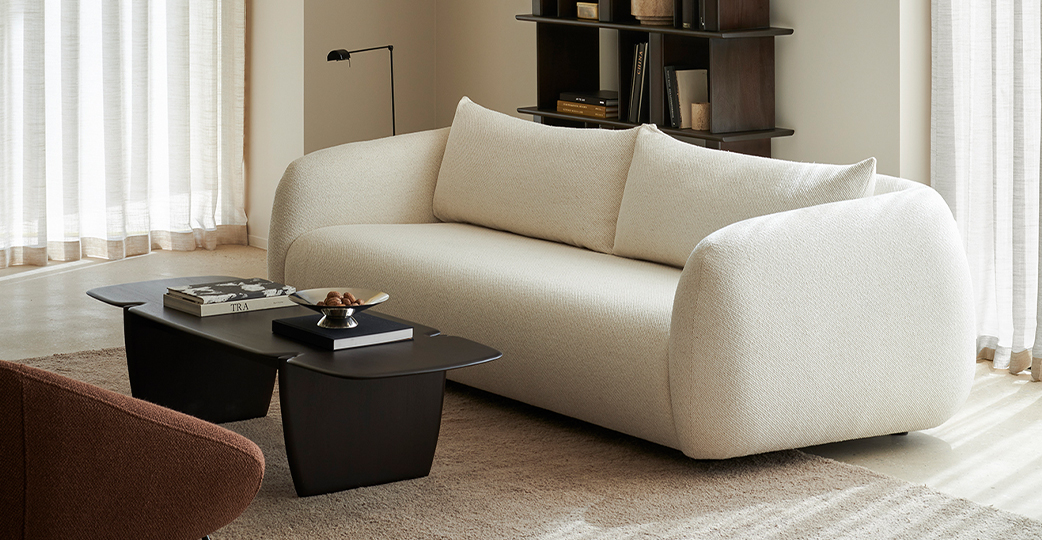 Quick Ship Furniture
Quick Ship Furniture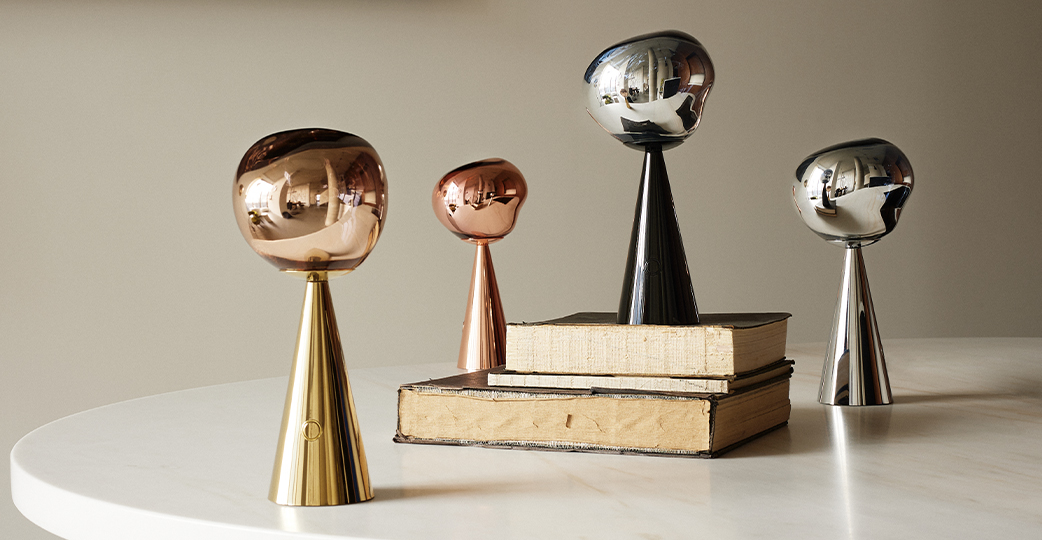 Quick Ship Lighting
Quick Ship Lighting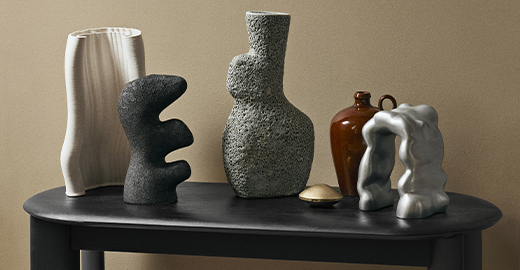 Quick Ship Decor
Quick Ship Decor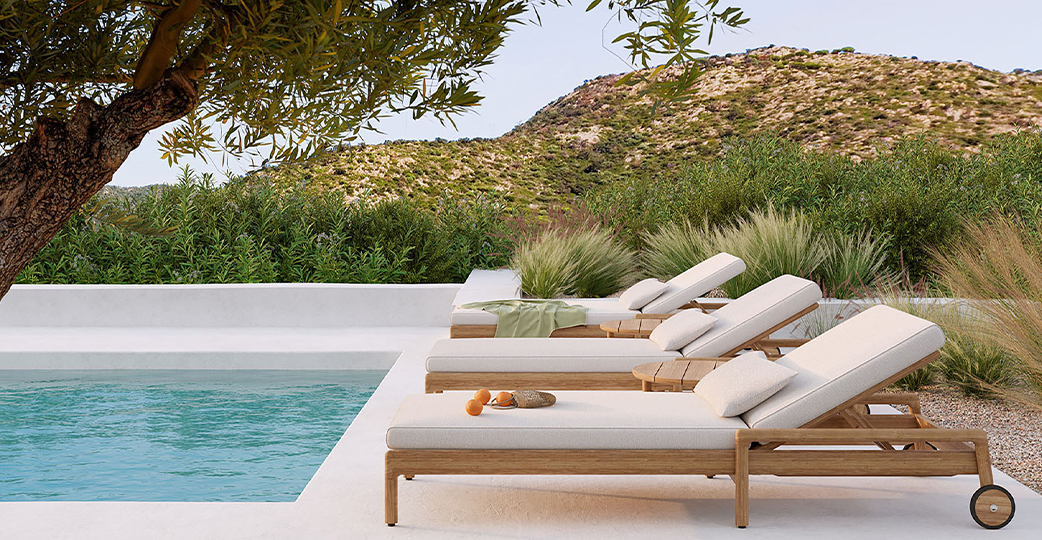 Quick Ship Outdoor
Quick Ship Outdoor








